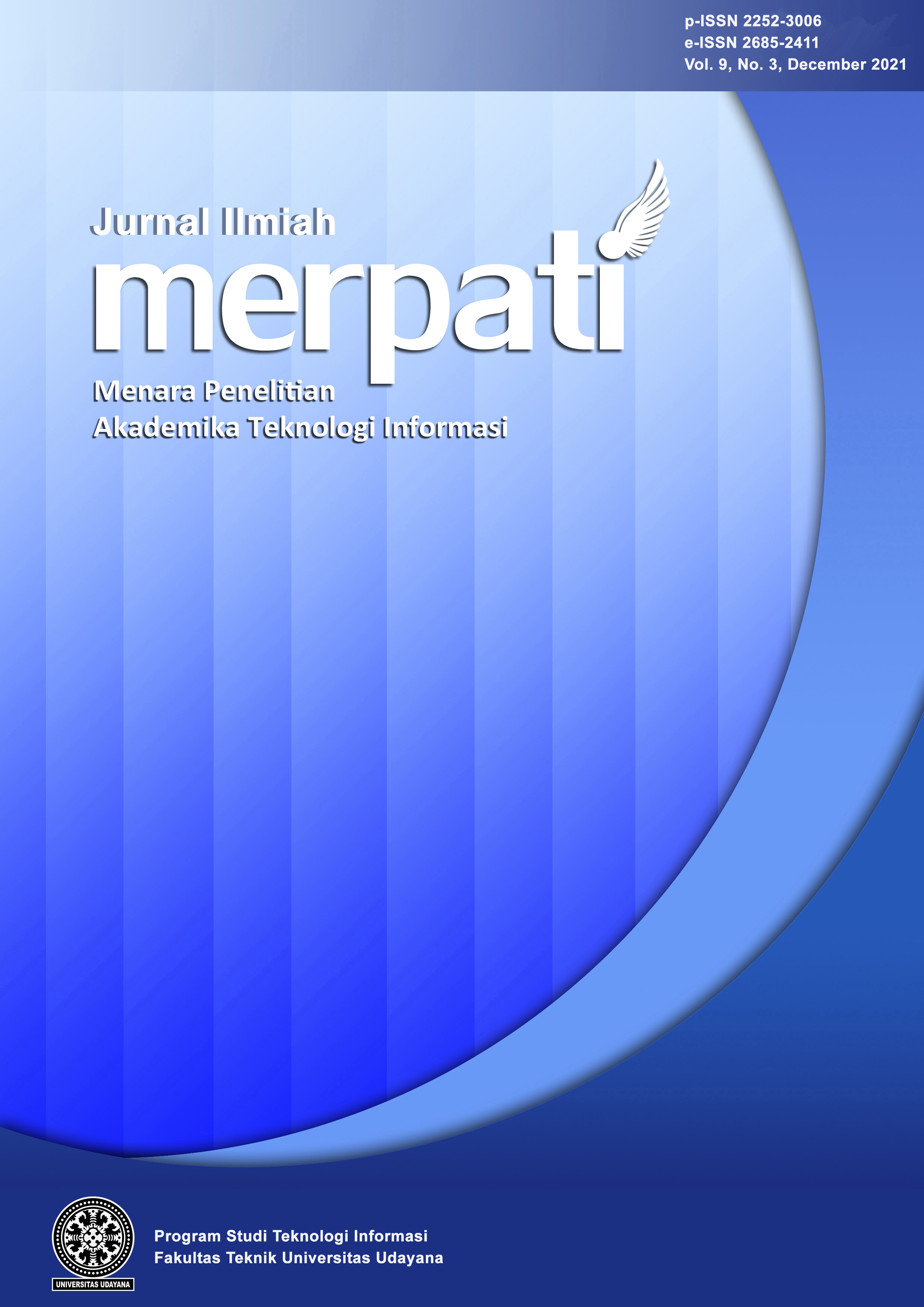Identification of Baby's Feet Using Principal Component Analysis (PCA) Method Character Extraction with K-Nearest Neighbor (KNN) Classification in Matlab Application
Abstract
Biometric recognition systems or human identification are very important in security access for identification and verification systems. The biometric recognition system can be used as an identification system based on the characteristics possessed by the body part of each individual. The soles of the feet can be used for identification because the soles of the feet have certain and unique characteristics which include major lines, protrusions, small dots, single points, and textures. The introduction of biometrics in babies is still conventional, which is a standard operating procedure such as attaching bracelets on baby's feet and imprinting or inking on the soles of baby's feet which are affixed to paper and are very vulnerable to the risk of damage or loss of data, there is a need for a system that can store data automatically digital and able to do the baby identification process. The Principal Component Analysis method is used for the extraction process of the characteristics of the baby's feet. The classification uses the K-Nearest Neighbor (K-NN) method with the euclidean distance approach. Tests were carried using 120 images of baby feet, there are 20 classes, each class contains 3 images of the right foot and 3 images of the foot of the left foot, and a dataset of 280 training images. The highest accuracy result obtained in system testing is 91% with a computation time of 5.63 seconds using the Principal Component Analysis method with the K-Nearest Neighbor (K-NN) classification.
Keywords: Footprint, Feature Extraction, Principal Component Analysis, K-Nearest Neighbor.







